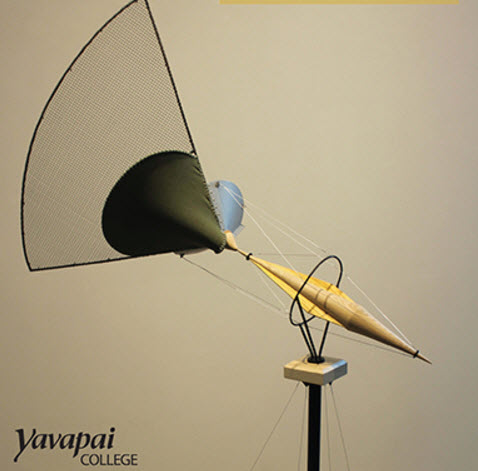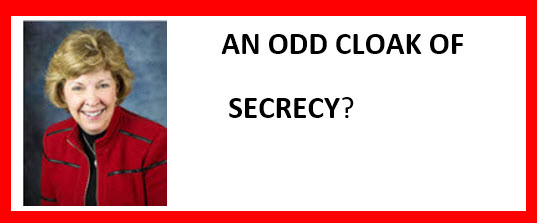Meeting private; no press or uninvited public allowed; Board members may attend; College will pick invitees from alumni and donors; others invited include Chamber of Commerce, Mayors, Superintendents, City Managers
Vice President of Community Relations, Rodney Jenkins, announced the scheduling of two alleged public forums to hear what the College described as “local feedback on the College’s performance and the role it can play in their communities going forward.” The College announced that the forums are private and neither the press nor the public can attend. Board members, however, can attend.
The College will decide who is invited and indicated its list includes certain members of the Chamber of Commerce, mayors, city managers, and superintendents. It will select certain alumni and donors. The individual views of the participants are to be kept anonymous from the public and contained in a report sent to the Governing Board. Board member Connie Harris described the event as “safe” with anonymous feedback. Ironically, the Board and President Wills added that the event results should be “transparent.”
The west county forum will be held April 12, at the Prescott Campus Community Room, from 9 to 10:30 a.m. The east county forum will take place April 13, in the Verde Valley Campus Community Room, from 10 to 11:30 a.m.
The five questions participants will be asked to discuss follow. Also, a short video of the College’s announcement made at the March 6 Governing Board meeting follows.

Here is the video.
 The fiscal year for the College ended June 30, 2017. This is the detailed information given the Governing Board about its financial and enrollment situation when it ended the fiscal year in June 2017. It is worth reviewing as we close out the calendar year 2017.
The fiscal year for the College ended June 30, 2017. This is the detailed information given the Governing Board about its financial and enrollment situation when it ended the fiscal year in June 2017. It is worth reviewing as we close out the calendar year 2017.



 Citizens argued that the unnecessary expenditure and unnecessary enclosure will “irrevocably destroy the architecture of the building.”
Citizens argued that the unnecessary expenditure and unnecessary enclosure will “irrevocably destroy the architecture of the building.”  The Blog suspects that they either did little or no research before they jointly authored the editorial or were intentionally provided misleading information by a source they thought they could trust. Either way, the editorial was incredibly inaccurate.
The Blog suspects that they either did little or no research before they jointly authored the editorial or were intentionally provided misleading information by a source they thought they could trust. Either way, the editorial was incredibly inaccurate.